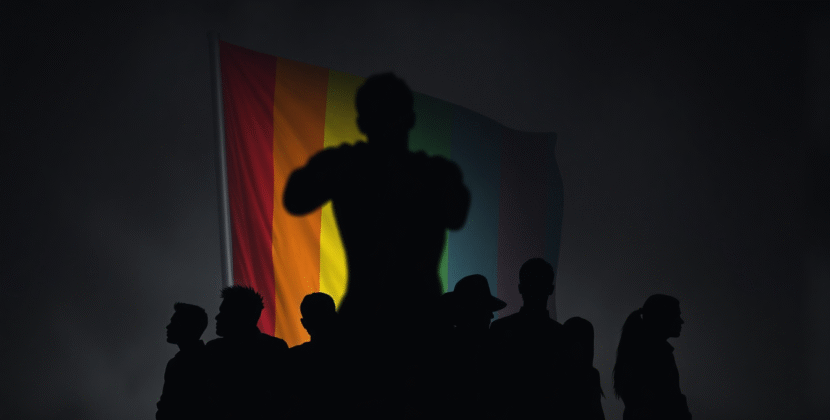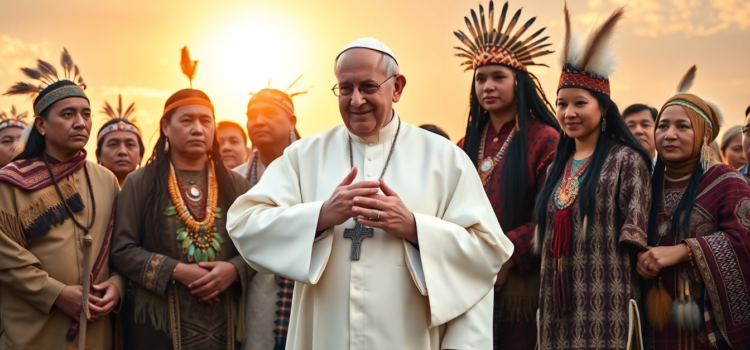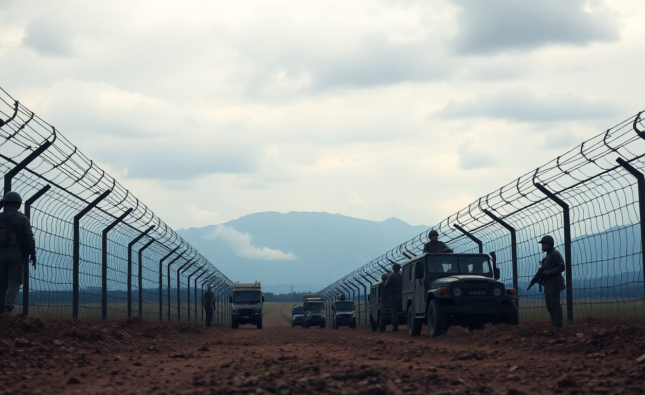
Pope Francis’s Legacy: Reconciliation and a Historic Apology to Indigenous Peoples
Can a single apology heal the wounds of centuries? Pope Francis has embarked on a historic journey towards
reconciliation, making strides to bridge gaps between the Catholic Church and Indigenous peoples.
l delve into the significance of his apology and its implications for a future characterized by understanding
and mutual respect.
Understanding Pope Francis’s Historic Apology
In a landmark moment, Pope Francis issued an apology to Indigenous communities across the globe for the
Catholic Church’s role in the colonization and cultural suppression experienced by these communities.
This apology, given during his visit to Canada in July 2022, resonated deeply, symbolizing a pivotal
step towards healing longstanding traumas.
Pope Francis Apology Insights
The Context of the Apology: A Long Overdue Reckoning
For decades, Indigenous communities have voiced concerns over the Church’s historical actions, including
forced assimilation policies and the running of residential schools. The acknowledgment of these wrongs
marks a critical acknowledgment by the Vatican of past injustices.
By addressing these grievances directly, Pope Francis has opened a dialogue aimed at fostering healing.
The Impact of the Apology on Indigenous Peoples
The apology has been met with a mixture of relief and skepticism among Indigenous groups. While many view
this acknowledgment as a positive step, others assert that it must be accompanied by concrete actions.
Initiatives such as reparations, educational reforms, and ongoing dialogue are essential to transform
this moment into lasting change.

Key Elements of Pope Francis’s Reconciliation Efforts
- Acknowledgment of past wrongdoings and sincere apology.
- Commitment to open dialogue with Indigenous communities.
- Provision for reparations and support for Indigenous cultural preservation.
- Promotion of educational initiatives that foster understanding and respect.
The Future of Reconciliation and Mutual Understanding
Pope Francis’s apology is merely the beginning of a long journey towards reconciliation.
For genuine healing, continued collaboration and dialogue are necessary.
Acknowledging the past while actively working towards a better future are steps the Church must take.
Conclusion
Pope Francis’s apology to Indigenous peoples represents a crucial step towards reconciling historical
grievances. While words alone cannot repair centuries of hurt, they can pave the way for new beginnings
founded on mutual respect and understanding. To truly honor this legacy, l must encourage ongoing dialogue
and action.
Call-to-Action: l invite you to share your thoughts on this historic apology in the
comments section. How do you envision the path forward for reconciliation between the Catholic Church
and Indigenous peoples?
FAQ Section
What was the main purpose of Pope Francis’s apology to Indigenous peoples?
The main purpose was to acknowledge the Catholic Church’s role in historical injustices against Indigenous communities and to open dialogue for reconciliation.
How have Indigenous peoples responded to the apology?
The response has been mixed, with some viewing it as a positive step and others stressing the need for concrete actions alongside words.
What are the next steps following the Pope’s apology?
Next steps include reparations, ongoing dialogue, and efforts to preserve Indigenous cultures and educate people about historical injustices.










Comments